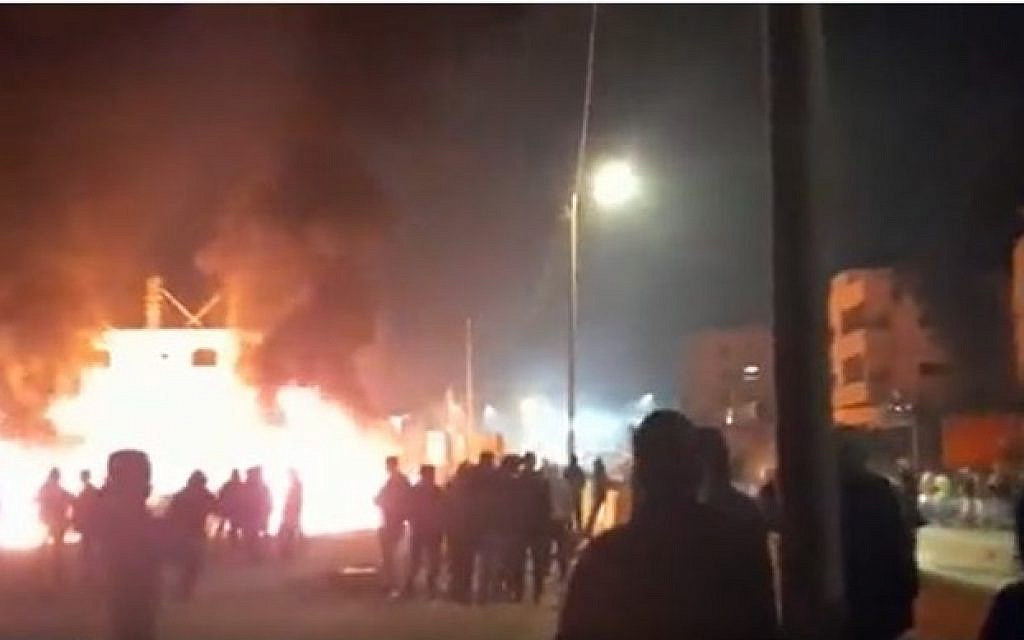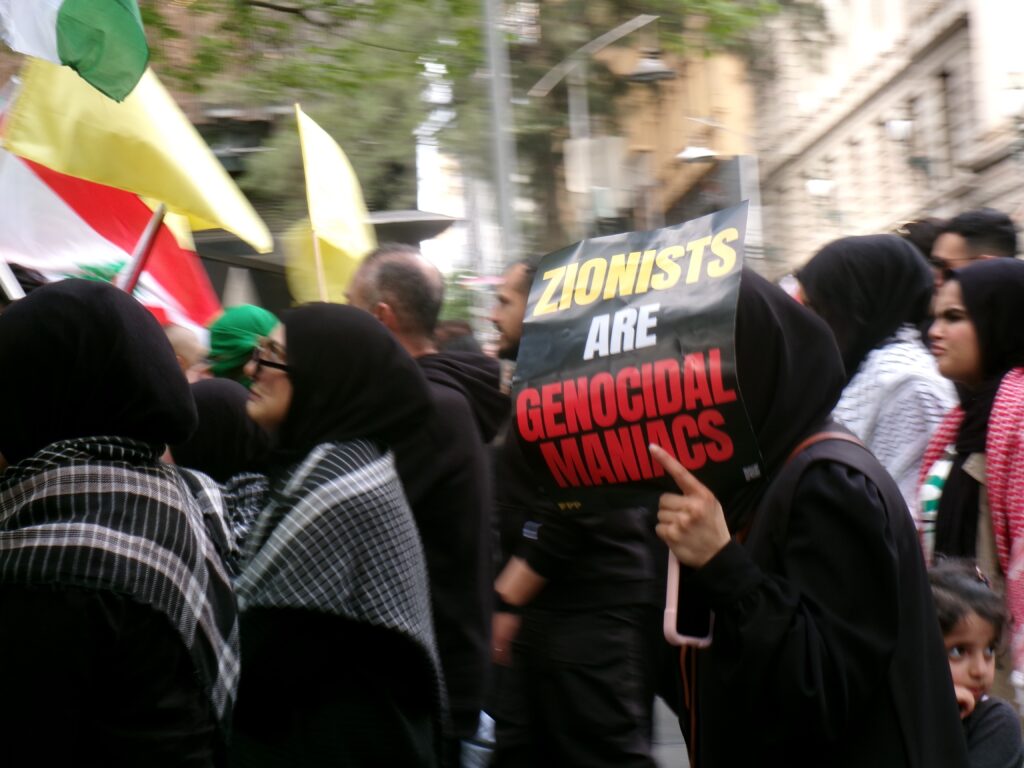UPDATES
Hamas over-reporting civilian casualties in Gaza, again
January 2, 2013 | Daniel Meyerowitz-Katz

Daniel Meyerowitz-Katz
The most heartbreaking consequence of any conflict is the unavoidable toll taken on the local civilian population. Sadly, in the hyper-politicised realm of the Israeli/Palestinian conflict, these events seem unable to remain mere tragedies. Instead, each civilian killed takes on the additional mantle of a propaganda point scored in the conflict of public opinion.
This leads to the unfortunate tactic that Hamas and other Gaza-based groups seem to have adopted of cynically exploiting international sympathy for civilians in order to further their goals, both military and non-military. This blog was following events during the recent Operation Pillar of Defence, such as terrorist operatives who were widely reported to have been civilian casualties as they also worked as, or at least had posed as, reporters; or even more worryingly, the tactic of using civilian infrastructure as military bases, making it near-impossible for Israel to respond to rocket fire without causing civilian casualties.
Another common tactic in the past has been to over-report the number of civilian casualties in a conflict in order to make Israel appear brutal and indiscriminate. Such doctoring of figures from 2008/09’s Operation Cast-Lead, for example, has been well documented.
Sadly, the message does not seem to have gotten through to many media outlets and other organisations sometimes regarded as ‘credible’, who continue to use figures of civilian casualties sourced from Hamas press releases. For example, the UN Office for the Coordination of Humanitarian Affairs (‘OCHA’), without giving any source data, officially reported that:
As at 22 November (15:00 hrs), an estimated 103 Palestinian civilians, including 33 children and 13 women have been killed.
This same figure was then re-reported by the BBC, citing OCHA as their source, and was later reported without citation by Fairfax correspondent Ruth Pollard in both the Sydney Morning Herald and the Age.
In contrast, a full study of the number of civilian casualties has just been released by the Meir Amit Terrorism Information Centre (‘MATIC’) in Israel, which outlines its methodology and gives some evidence for the determinations that it made. The information revealed there indicates where OCHA was taking its information from: according to official Hamas figures, 162 Palestinians were killed during the operation, including 25 operatives from its military wing. An additional 11 operatives were then claimed by Palestinian Islamic Jihad (‘PIJ’) and 23 casualties were claimed by Hamas as part of their internal security services.
Taking the 162 casualties reported by the Hamas Ministry of Health and subtracting the 25 Qassam Brigades Hamas operatives, the 23 other Hamas operatives and the 11 PIJ operatives gives 103 killed — exactly the same number as the one reported by OCHA. This could be a complete coincidence, however the fact that OCHA did not explain how it was making its estimates at least raises the possibility that they were simply reproducing Hamas’ official propaganda.
The MATIC study, on the other hand, used the list of names released by Hamas, and added the names of some identified terrorist operatives that Hamas had omitted, which included some senior terrorist operatives. Of the 178 Palestinians killed during the operation, 101 (60%) were identified as operatives from one of Gaza’s terrorist militias. The study managed to obtain photographs of 73 of these operatives, most of whom are depicted holding weaponry and/or surrounded by the insignia of their militia.
Regarding the accuracy of the official figures, the authors noted that:
The terrorist organizations issued partial and manipulated figures which reduced the number of terrorist operatives killed in the operation: Hamas’ Izz al-Din al-Qassam Brigades issued a list of 25 terrorist operatives who were killed (of the 71 we identified) and the Palestinian Islamic Jihad released the names of 11 terrorist operatives who were killed (of the 17 we identified). Mahmoud al-Zahar claimed that during Operation Pillar of Defense 30 of the 170 killed were terrorist operatives (“shaheeds”) (Alresala.net website), less than one third of the actual number of terrorist operatives killed.
Meanwhile, the study also found that all of the employees from Hamas’ purportedly civilian wing that were killed in the operation were also operatives for terror organisations:
During Operation Pillar of Defense 25 members of Hamas’ internal security services were killed. The Hamas ministry of the interior announced that 25 members had been killed, but issued 23 names. We identified two additional names. All 25 were also identified as terrorist operatives, 23 of whom belonged to the Izz al-Din al-Qassam Brigades and two to the PRC.
This is a further reminder of the extremely blurred lines between Hamas’ military and non-military wing. In spite of this, the two organisations are currently considered separate entities by Australia, with only the military wing being proscribed as a terror group.
The fact that Hamas is releasing inaccurate information to the public should not come as a surprise to many. Like all autocratic rulers, Hamas keeps the flow of information in Gaza under tight control and only allows reports that cast it in a favourable light. What is more unfortunate is that the UN and various Western media outlets do not appear at all suspicious or sceptical of Hamas’ information and are content to report it as fact, without verification.
Tags: Media/ Academia





